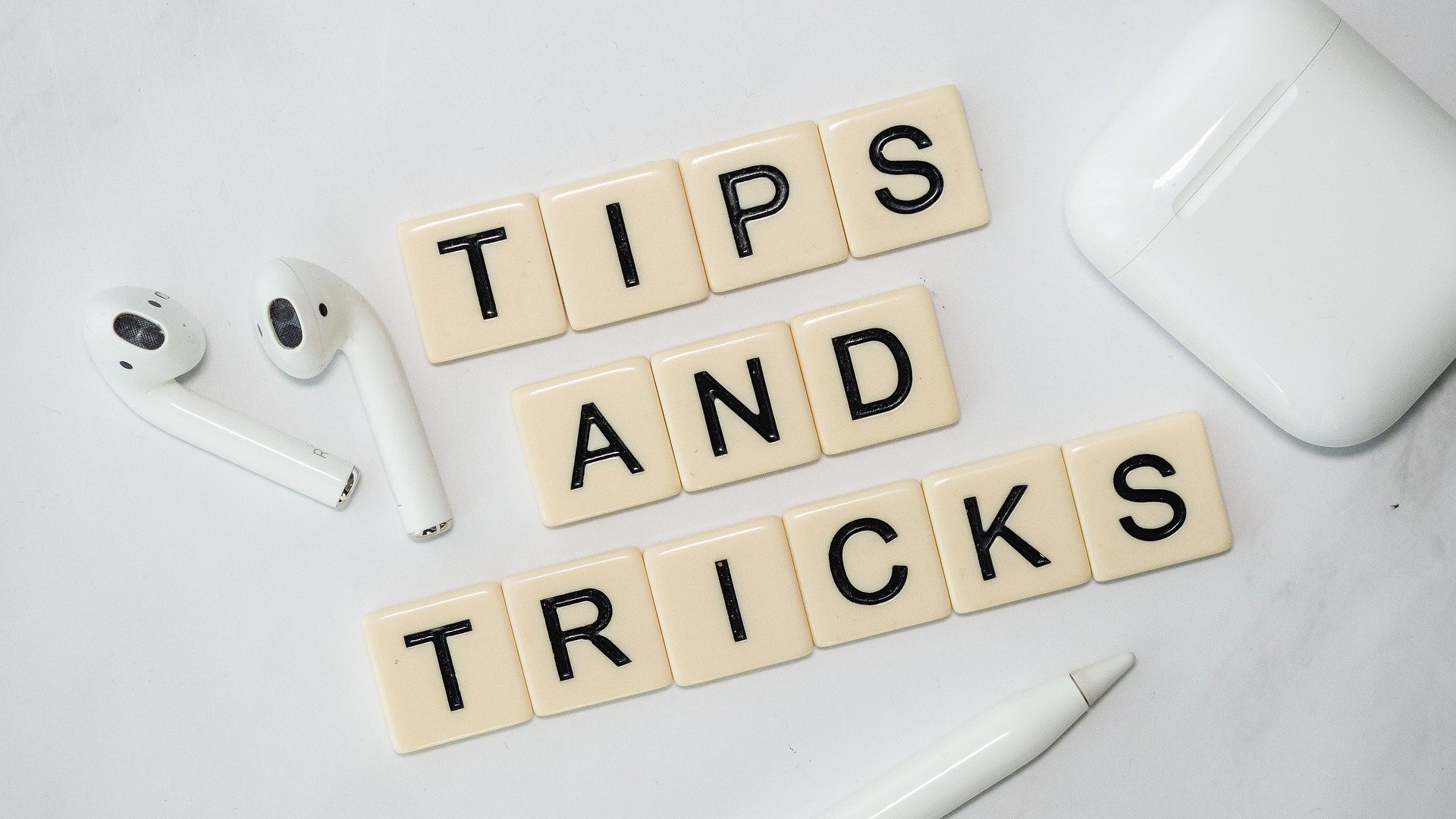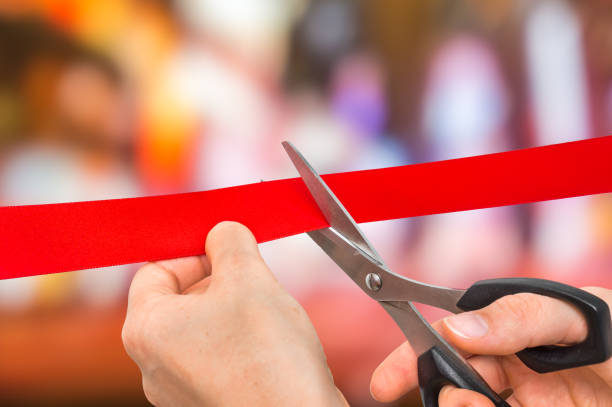“Hack” has meaning for many communications pros beyond those dedicated to technology PR. Sadly, the word also appears with “PR” in many negative contexts, but that’s not our goal here. In the spirit of its most positive connotation, we offer up some of our best PR hacks, or clever workarounds that beat standard formulas for solving problems or saving time.
First, use the existing hacks. It helps to mine HARO, Profnet, Muckrack, and Sourceful. You can learn a lot about prospective media contacts with a little strategic sleuthing. As journalists post to the different query sites, they reveal bits about their interests, deadlines and even how they like to work. Read each query like a detective and use it to perfect the next pitch.
Don’t waste time with press releases. The next time you have a news nugget, spend 10 minutes thinking about where you would logically see the story or item, then pitch for an exclusive. You can always do a wide release later if things don’t work out.
Record high-level client briefings. For briefings with senior executives short on time, sessions with sound-bite-prone spokespersons, or briefings by technical staff, a simple recording can save time and hair-pulling later.
Send at least one “non-pitch” note each day to a media contact. An email complimenting a recent story, link to a relevant post, or other non-sales-oriented note or tweet can go a long way towards developing new contacts or creating new ones.
Use the subject line. Yes, everyone knows this, but many of us don’t think hard enough about making a subject line compelling or specific. This is particularly important when emailing busy client executives or media contacts who receive thousands of emails…and who doesn’t?
Turn off email notifications. In our business, as in many others, internal email is overused, interruptive, and distracting. If you can’t bear to disable your notifications, let your team know you’re finishing a document and will be offscreen for a couple of hours. Productivity will skyrocket as a result.
Publish or perish. Getting published is not only doable, it’s necessary. We all know the drill here, and what we do for clients we can do for ourselves. Develop newsworthy topics and angles and pitch yourself. A byline or guest post will improve “street cred” who may think of you only as a hack or worse, a flack (but that is another blog post!)









